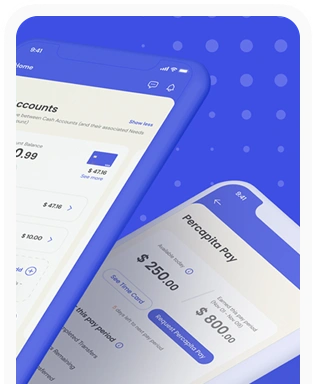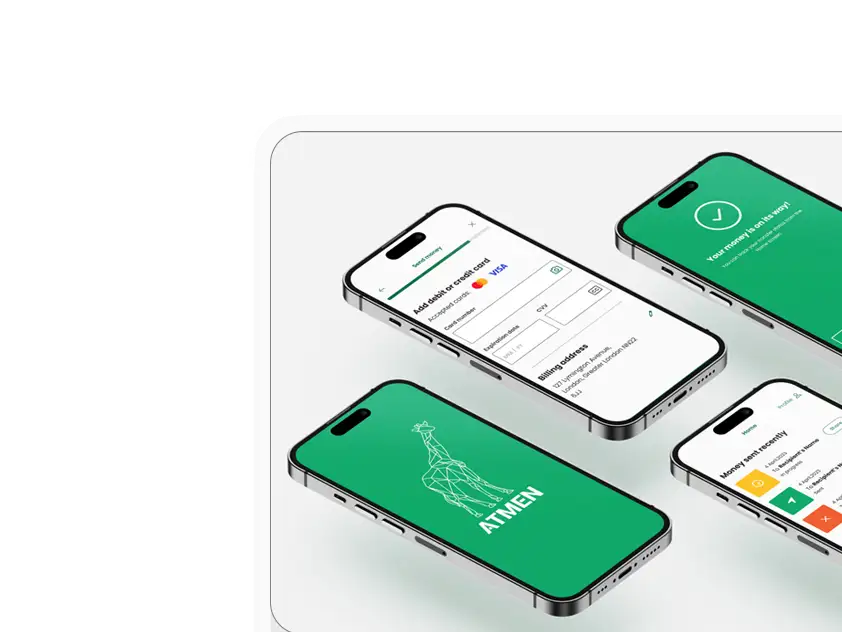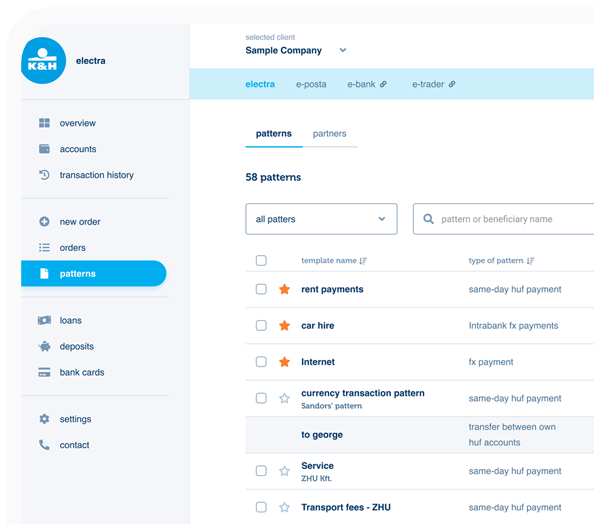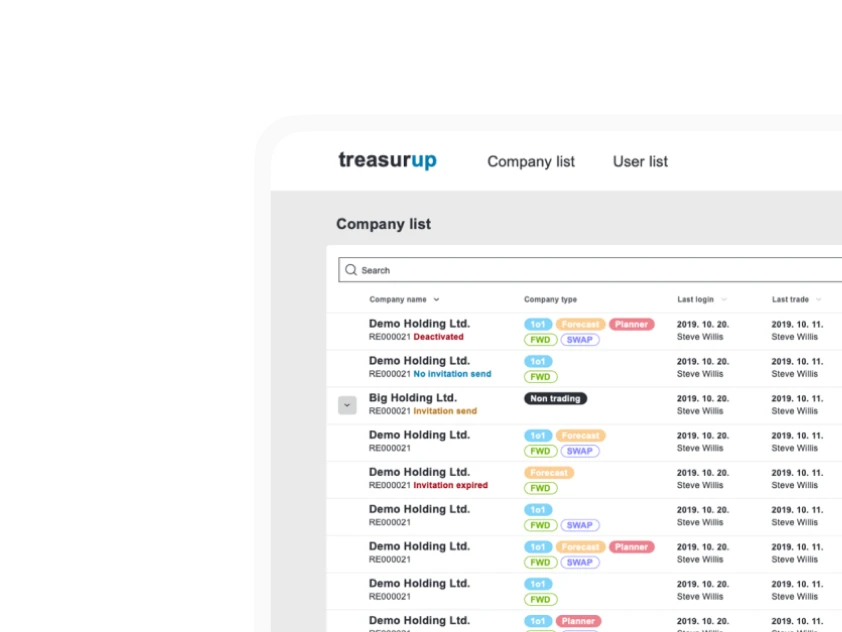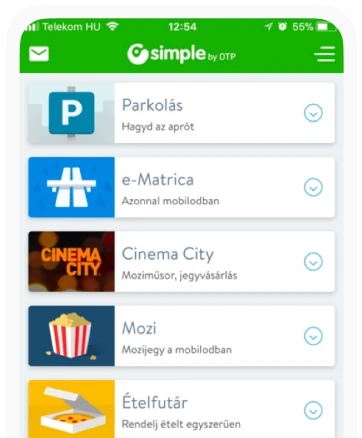What we get and could get from the Internet of Things?
Still invisible to most of us, a huge revolution is unfolding: the Internet of Things, or IoT is exploding, with an increasing number of devices connecting to it, supplying data that is later assessed based on various aspects. According to Gartner’s estimate, by the end of this decade the presence of these devices will be higher by one order of magnitude than the presence of humans. The tech research company forecasts that 25-30 billion connected things will be in use worldwide by 2020. Cisco estimates the number of connected devices to approach 50 billion by the start of the next decade.
But to achieve this spectacular development, engineers had to resolve great many issues. But first things first: what is the IoT and how was it created?
The thriving life of Things on the Internet…or where exactly?
The first non-computer type device constantly connected to the Internet was created in 1982 at the Carnegie- Mellon University in the United States in the form of a Coca-Cola vending machine connected to the Internet. The term Internet of Things was first coined in 1999. Initially working for Procter & Gamble and later at MIT, Kevin Ashton referred by IoT to all devices, buildings, vehicles, sensors — virtually any object not operating as a separate entity isolated from the others — that are constantly connected to the Internet, and so with one another, if needed.
Although collecting data, monitoring and controlling other devices are not necessarily the main functionality of the Internet of Things, these capabilities characterize each device that make to the IoT.
Let’s have a look at particular Things – in which terms are they more and in which are they less than their traditional counterparts?
Take a smart refrigerator as an example! The basic job of a smart refrigerator is to provide reliable and stable cooling for the foods stored inside, but thanks to its sensors and constant Internet connection, it is capable of doing much more than its traditional peers. It is able to sense that a certain food considered important by the owner (milk, for example) is running out and can notify the user via message. With the right authorizations, more advanced appliances may even order the food item online without the need for human intervention.
Having another example, Ring Video Doorbell Pro is a doorbell but far from its traditional variant. It lets you watch with its cameras, even stream the view online so you can monitor your doorway at any time, even at night thanks to its infrared camera. It also enables you to talk to anyone at your door from your mobile device, even with the nice guy trying to get into your home with a peculiar key…
Our favourite example of all is the smart plant caregiver. Ideally, it has the superpower that some human plant guardians lack – which is memory.
You all may be familiar with the view of the withered flowers after being off for a week long holiday (and some of you may don’t even need a week away from home to have the same sight.) Nevertheless, we have got not just even one solution provided on the IoT market for our problem.
All options monitor the moisture level of the chosen plants and some of them are also tracking the amount of sunlight and level of fertilisation of the soil. Whenever one of these is lacking, the associated mobile app or the web interface will let you know, so you will never forget watering your plants again.
What’s missing and what’s definitely not?
These devices are fascinating because of their scent of future, but are they really a web of interconnected devices? From one perspective, surely, they are connected to the Internet and in this way, indirectly they are connected to each other, at least via the data they’re collecting and which will be found on the Internet… from where they’re using data for operation. However, the web of directly interconnected devices is a whole different story. Which is, without doubt the biggest challenge in terms of IoT.
This is because as much options you have on one device to customize it to your personal needs, as complicated it gets with more interconnected devices, since you not only have to think of the default settings, but also to be able to manage non-typical situations and adjust settings accordingly. This may sound easy but it is not. Imagine that you have to be aware of all the effects of one setting on one device to the other settings on other devices. If you forget something then your user may get into serious trouble.
In this sense, we are facing with the same problem that Don Norman mentioned in his book “The design of everyday things” that with the age of digital devices, actions and consequences have moved away from each other resulting vague concepts about the real connection between the two.
Smart home is the new hype
Smart homes can provide a more comfortable, more convenient and more efficient home experience for its dwellers through the analysis of external environmental conditions, the time of the day and user habits. For the purpose of data collection, we need the smart devices bound to the Internet and are equipped with different kind of sensors. For example, intense sunlight – that can be sensed by light sensors – can trigger the lowering of shades to reduce room temperature. If the temperature is still too high in the afternoon, before the first dweller is expected to arrive home, the system could also turn on the air-conditioning.
This can create an ideal temperature for the person coming home from work – arriving can be detected by a motion detector – without having to even think about these appliances during the entire day, wasting way too much energy… While this sounds nice – beyond the above mentioned complexity issues – the lifestyle of the end-user and the circumstances of usage must also have to be taken into account as built-in sensors alone are no more intelligent than a chicken and for this reason we have to add the necessary intelligence to them, even if they are collecting and receiving huge quantities of data from the Internet.
Data is not equal to brightness
Keep in mind that data in itself is still not synonymous to the advent of GAI, (general artificial intelligence.) The simplest way to demonstrate GAI is is to imagine a robot that came to life from the movies, like HER, the highly advanced robotic boy from the movie A.I., Ex Machina, or WALL-E from Disney PIXAR. All of them represent an artificially created intelligent creature who is able to generalize and draw conclusions for the future from the information learned, and its own and other people’s experiences. Although some examples of existing artificial intelligence are able to do so in specific domains, none of them can apply acquired knowledge in a spectrum as broad as humans can. Not to mention our own motivations, the emotional drivers of our decision-making, or our life instincts that all play a role in finding the most effective solution to any new situation.
It seems, we still have a long way to go before we have to worry about artificial intelligence and even then, it’s not the robots that we’ll have to worry about, but the humans controlling them. Not to mention the mushrooming of IoT products that don’t have a clear purpose. An example is the BinCam, which takes pictures of the inside of our bins and then automatically uploads them to Facebook. It was originally meant to educate us about conscious waste management, but we don’t necessarily need such a product to achieve this. Products like BinCam should encourage us to question whether we need an IoT device (particularly) to resolve the issue at hand.
Potentials
Despite the BinCam and all alike, it is definitely worth addressing Internet-connected devices, as they hold great hope for humanity and our planet.
The IoT trend provides viable solutions in areas such as work carried out dangerous environments. A Swedish pilot project to find a way to operate trucks in mines remotely from a very large distance. This could not only minimise health risks, but the nature of the work would also change: instead of doing manual work, people would be needed to carry out technical tasks such as repair, maintenance or software development.
In the meantime, the IoT could be used to collect and analyse such vast amounts of data that we cannot even fully comprehend today. This data could help us identify patterns and trends that could greatly support scientific work, for example, on the unknown processes and consequences of global warming.
Challenges
To make the data collected by the Internet of Things constantly available, updated and accessible, we needed stable and cheap Internet access. Before creating the IoT would have been prohibitively costly, so the trend could only emerge with the spread of cheap, widely accessible cable and mobile Internet.
Cost-efficiency is a key factor not only in terms of the connection. The key parameters of a building, for example a server centre — such as external and internal temperatures, the level of energy supply, the condition of servers, etc. — has to be monitored by a huge number of sensors. If these are too expensive, they cannot be used cost-efficiently as procuring and installing them would be prohibitively costly.
Engineers not only had to consider infrastructure and low costs, but also the dual aspect of cutting consumption and the need for miniaturisation. For example, for the sensors monitoring the condition of typically remote structures such as bridges, dam, etc., the devices must not be reliant only on external energy sources. So the energy powering is either taken from the environment, for example using small solar panels, or they function with internal batteries of extremely limited size and capacity, sometimes for many years.
But this calls for minimizing consumption. These devices must run on very little energy — unfathomably little relative not only to personal computers, but but also in mobile phones — if they are to maintain their functionality for the expected duration.
Finally, a solution was needed to resolve the scarcity of IP addresses. The IPv4 standard only allowed 32-bit addresses, making only roughly 4.3 billion devices (including all modems, network devices, computers and so on) available. But the Internet of Things in itself requires an address range larger by one full order of magnitude which was made possible with the introduction of the 128-bit IPv6 standard. This represents an overwhelming quantity: there are roughly 100 IP-addresses for every atom of the Earth under the Ipv6 standard.
Another very important aspect to take into account is that these devices are not always connected to the Internet. This is the first mistake that a designer could make. Always keep in mind that a connection to the Internet could be interrupted or a failure could occur preventing the device from connecting to the Internet for a while, so a solution is needed for these situations.
For example, the Nest thermostat maintains its minimum functionalities even without being connected to the Internet, so we don’t end up in a situation whereby we don’t have a thermostat if we don’t have an Internet connection. Every manufacturer thinking in terms of the IoT must consider this possibility.
In addition to these mainly infrastructural challenges, there is also the aforementioned issue of software updates: how can a non-smart version of a product designed to last for more than 1-2 years not lose its smart functions as years pass? Also, if the manufacturer completely stops supporting the software, there should be a plan B to allow the owner to keep the smart function alive with minimal effort.
The other main challenge of the IoT is the matter of security, which is still at an embryonic stage, as discussed in this post.
How can you protect these products and make them safe and prevent them from sending all sorts of information out there?
Even from the perspective of layperson, it could be a huge risk if anyone could access the data of the smart devices of your home, or even worse, gain access to the information stored by the devices collecting data about you. To prevent this, security measures have to be put in place, and last but not least, we must find a way to motivate users themselves to provide the highest possible level of security data (passwords). As a witty example we would show the one below:

UX challenges of designing IoT
Above all these technical and security issues, we still have some more UX challenges left to mention.
If we think of these Things, usually they come with a physical device and a mobile application at least. The physical device usually has to be visually compelling. Normally, it has a very small display, so designers have to have a clear, understandable design for that little screen, where all the needed information must be shown. Another typical accessory of a Thing is the mobile app that fills in the role of a remote control. Moreover, most probably in your device’s application you’ll also find some kind of a dashboard that sums up the statistics of the data your smart gadget has collected. So here, unlike in the world of the Web, you have two completely different platforms that you have to somehow make consistent in your design.
After all, most IoT things are in some sense routine changing and for this very reason you have to show them how easy it is to use, otherwise you can make sure that no human on Earth is going to use your smart Thing since people are very prone to stick to their original habits, especially if they can’t see immediately the simplicity of the alternative solution.
Who will benefit from it?
There are many areas that currently benefit from the Internet of Things. Many economic players use the opportunities offered by the IoT, such as precision agriculture, building management, healthcare, the energy and the transportation sectors etc. Portable electronics, (at least partially) self-driving passenger cars, smart cities and retail outlets also benefit from the Internet of Things, not to mention the banking sector which already has plans to use smart health bracelets and smartwatches for their own purposes. For example, to tailor life insurance or to give personalized insurance offers based on lifestyle. Even bank clients can benefit from it as they are motivated to lead a healthier life to get better insurance rates.
But despite its advanced stage, there are still many challenges to be tackled. For one, the archiving of the data generated by these devices is already an increasingly pressing task for their manufacturers. In addition, the data processing methods also require constant development and optimization. Machine learning and big data can be used to recognize the patterns that enable the analysis of the current situation and also, to a certain extent, can predict future events such as server breakdowns or the expected capacity needs of cooling servers, etc.
And finally, security issues present serious challenges for IoT developers and product users. For the time being, keeping the cost of sensors as low as possible prevents the application of high level security awareness, i.e., the employment of trained developers factoring in security considerations, pre-and follow-up testing, updating of firmware etc. Specifically, a manufacturer who invests in security will be at a disadvantage in the constant cost competition. We need state regulation in this area and the most advanced markets, primarily the United States, have already recognized this need.
Weak security levels also have another drawback: due to the widespread use of connected devices, hackers well-versed in IoT may easily gain control of potentially millions of devices, easily breaching the currently still vulnerable security barrier of the Internet of Things. This could lead to the creation of a very strong cyber weapon, and there are very few online players who would be able to handle such a network overload force.
Exactly for this reason, UX professionals have a huge responsibility to design these devices in a way that users make their authentication and other security processes as safe as possible.
The other contributor to this article is Anna Régeni.

